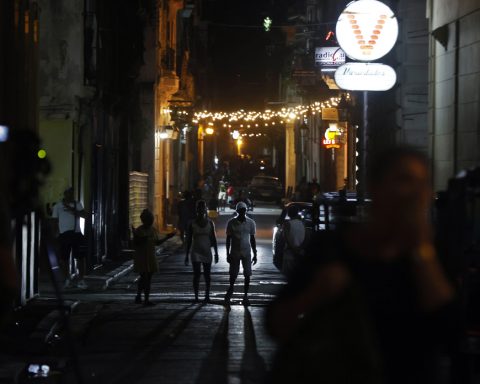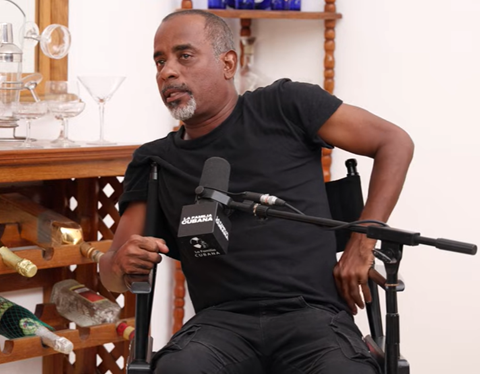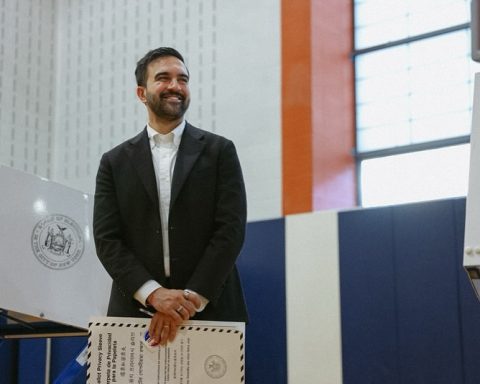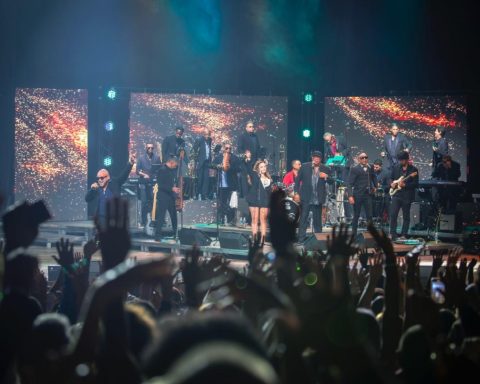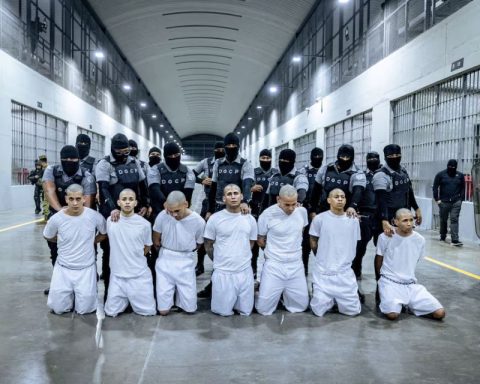More than a million voters in 43 of the 52 states have gone to the Republican Party in the last year, according to a study by the Associated Press agency.
These figures reflect a phenomenon that has been registered in almost the entire country since Joe Biden replaced Donald Trump as president. But the fact is more pronounced and dangerous for Democrats in the suburbs, where college-educated voters who turned their backs on the Republican Party in the Trump era seem to be returning to the party of the elephant.
In the last year, many more people have crossed over to the GOP from Denver to Atlanta to Pittsburgh to Cleveland. Republicans are also gaining ground in midsize cities such as Harrisburg, Pennsylvania, Raleigh, North Carolina, Augusta, Georgia, and Des Moines, Iowa.
Ben Smith, who lives in suburban Larimer County north of Denver, told the AP that he reluctantly joined the GOP this year, upset with Democrats’ insistence on mandating COVID-19 vaccinations. , its inability to contain crime and “its emphasis on racial justice.”
“It’s more of a pushback to the left than a turn to the right,” said Smith, a 37-year-old professional counselor who began to fall out with Democrats six years ago by registering as a “libertarian.”
The AP examined nearly 1.7 million voters who may have changed their party affiliation, according to L2, a firm that compiles electoral statistical data.
Of those 1.7 million voters who changed party affiliation, the majority switched to the Republican Party. In all, more than a million people became Republicans and 630,000 joined Democrats.
But these figures do not guarantee that the Republicans will do well in the November elections.
Democrats, on the other hand, are confident that the Supreme Court’s decision to disregard the constitutional right to abortion will mobilize their supporters.
Even so, these data about changes in affiliation represent a warning signal for Democrats, who four months before the elections do not have a clear strategy to combat Biden’s loss of popularity and the general feeling that the country is advancing in the wrong address.
While Republicans offer no solutions to the current problems, they have been effectively exploiting discomfort with the state of affairs, the AP said.
For example, they capitalized on parents’ frustration with school closures due to the coronavirus pandemic. And now they exploit rising inflation.
They have also been registering voters in swing states like Arizona, Michigan, Nevada and Pennsylvania, holding the government responsible for high gas prices. They blame the government for the recent shortage crisis of processed baby food.
Republican National Committee Chairwoman Ronna McDaniel told the AP that “Democrats have no idea what people are thinking and they’re running scared and joining the Republican Party.”
He predicted that “suburbs will vote Republican in upcoming” election cycles due to “rising gas prices, the crisis associated with the opening of the border, the shortage of processed baby food, and the growth of crime.” .
The voter shift to the Republican Party came after Trump left the presidency. But there doesn’t seem to be a clear trigger.
Some of those who went over to the Republicans are actually Democrats who decided to vote against Trump’s candidates in the Republican primary and who will almost certainly vote for the Democrats in November.
But the magnitude of the affiliation changes appears to be part of a much larger phenomenon happening nationwide, even in states where there are no major Republican primaries.
The AP found that in the past year Republicans benefited from a realignment of partisan loyalties in 168 of the 235 suburban counties it examined, or 72% of the time, compared with the last years of the Trump era.
Some conservative leaders fear that this progress will be limited if Republicans don’t explain their proposals better and continue to focus on the things they oppose.
Emily Seidel, of the organization Americans for Prosperity, says that people distance themselves from the “extreme positions” of the Democrats, but that “that does not mean that they are going to vote against them.”
“In reality, they are not very confident in either of the two options that they have,” he added. “The lesson that this leaves is that the candidates have to make proposals, give people the opportunity to vote for something, not against something.”

